Written by Tony Medici
[Additional comments by Thom are in italics and brackets, like this]
A quiet early morning
I can always tell when the morning is quiet compared to the start of other days. As I’m a firm practitioner of photograph what’s in front of you, I found I had a bunch of ubiquitous birds to choose from this morning while we were scraping to find bigger, and to most of the students, more interesting subjects.
Still it wasn’t a bad set of images I took, it just wasn’t the big five or any other more exotic animal people want to see.
The Burchell’s Starling as nicely lit up on its perch showing off its iridescence coloration which is much darker in bad light.
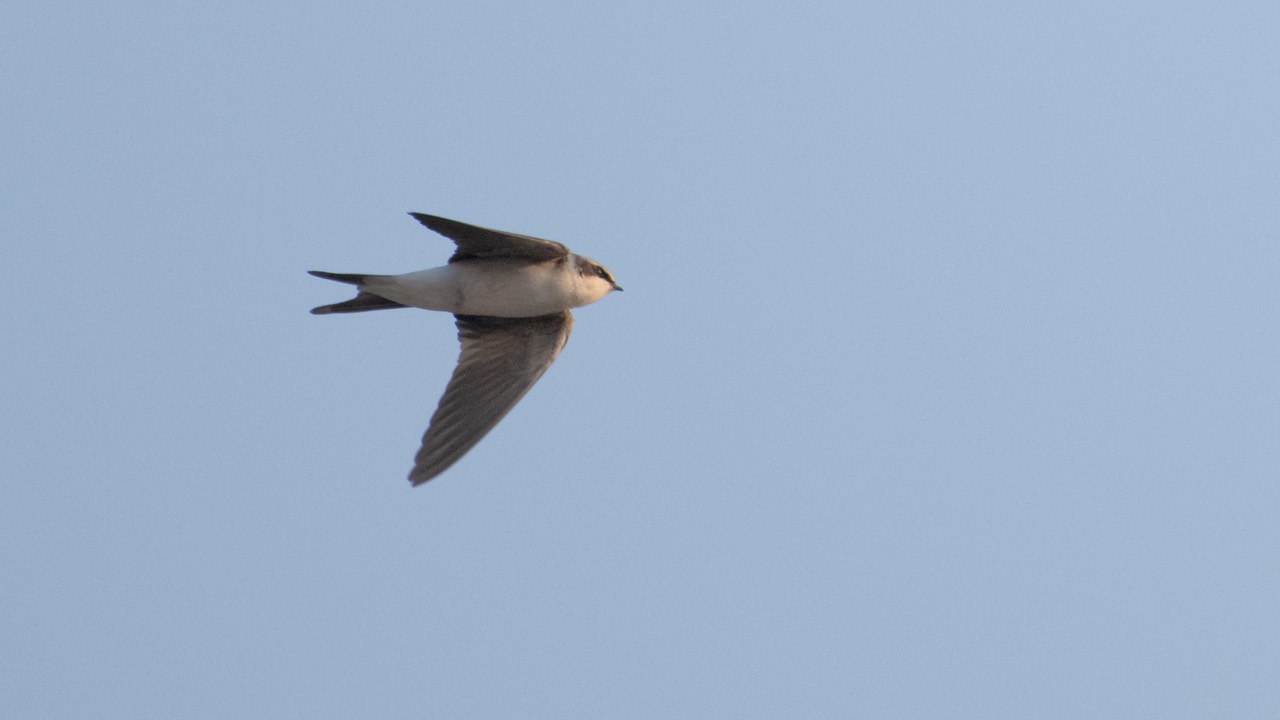
The Marsh Flycatcher is an erratic bullet which is almost impossible to catch in flight.
The Namaqua Dove presents a variety of different colors depending on age and sex.
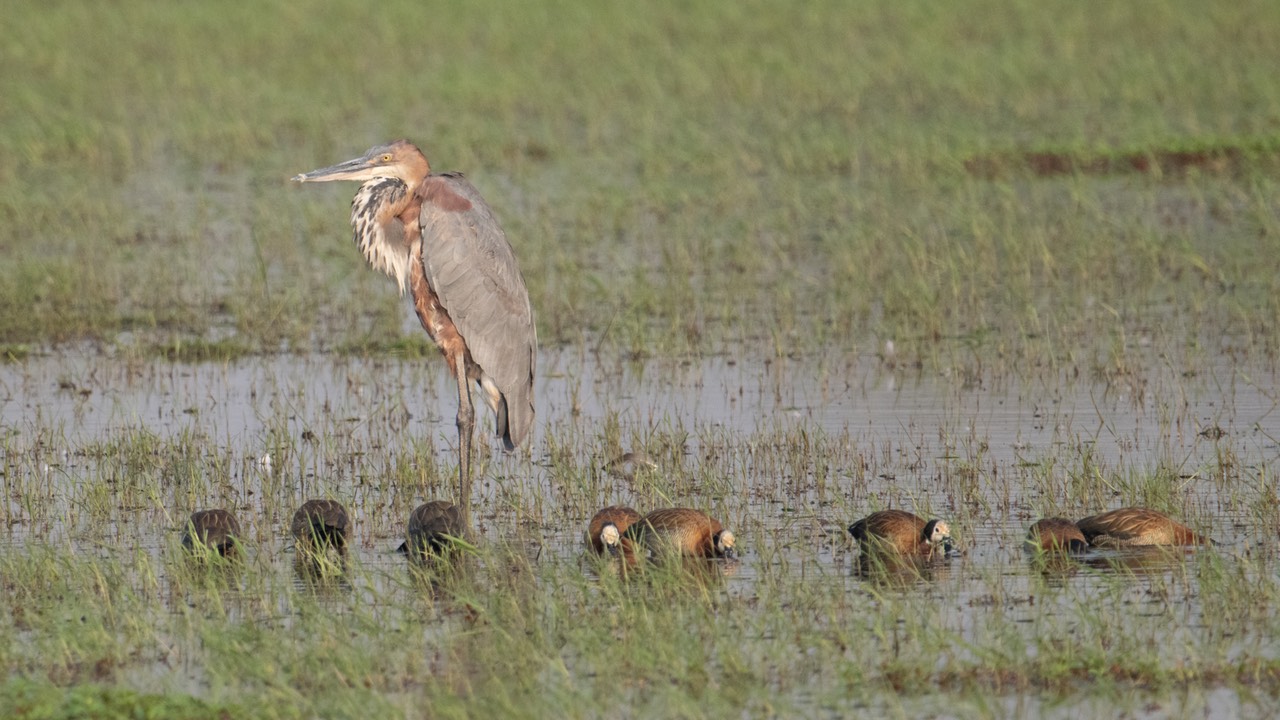
The Goliath Heron was a regular for the last three days since he likes it in the natural ponds just outside camp. The White-faced Whistling ducks swimming in the water and eating were a nice contrast to the Goliath Heron, which is the largest Heron.
A young Vervet Monkey standing what looks like very overly proud.
An elephant trying to cool as the temperature rises.
And lastly a Watted Crane that started a take off run only to decide to abort it.
And then...
A pride of 13 lions eating
This pride was about as messy as you get with lions. Most of the pride had finished eating and were resting under random bushes or in tall grass while a few were still eating. I could have taken pictures that were a lot more gory than what I’m posting here. I took few and skipped the worst things I saw. Lions on a kill usually gather Vultures too. I don’t think this kill had been dead for very long since I only saw Hooded Vulture around.

Lions on kill
Lion after eating
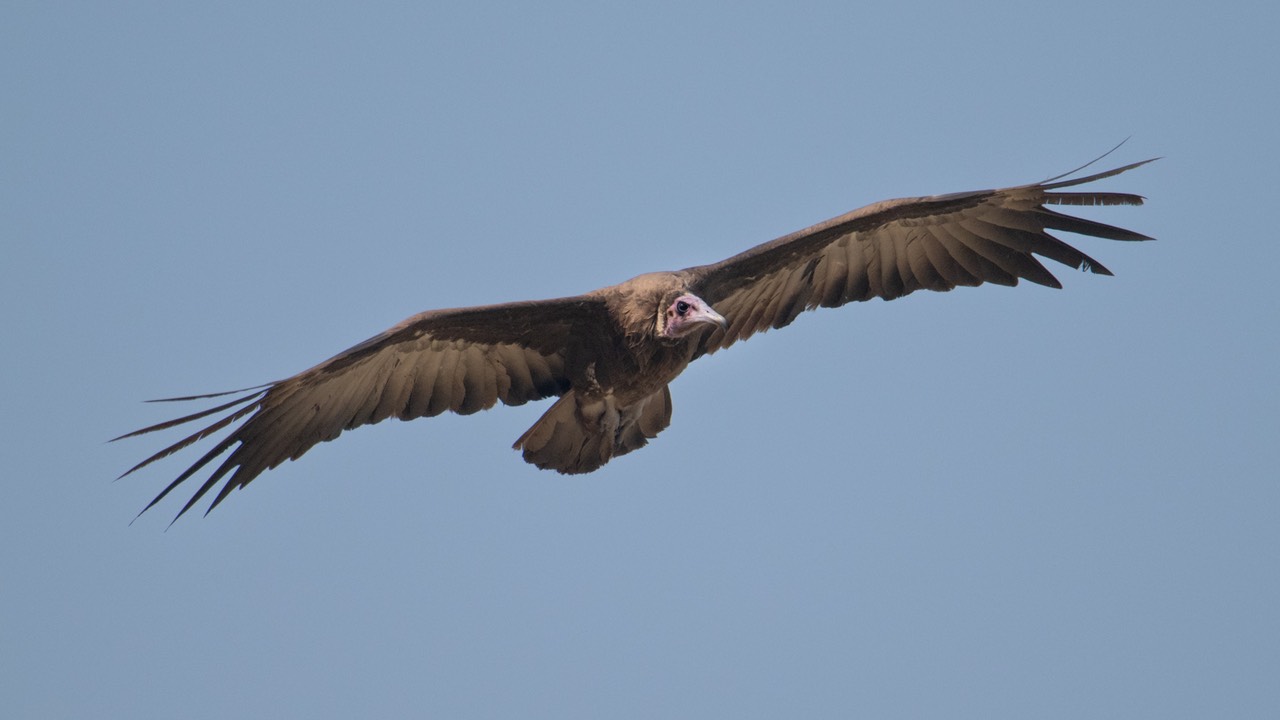
Hooded Vulture
The Afternoon
In the afternoon, Thom didn’t go out on the safari instead choosing to stay in camp for the afternoon. Going out every day can tire you out especially with the heat, and constantly teaching is a strain. [I'd also done a very intense scouting session just prior to this workshop, so I needed a bit of down time, otherwise I would have been running near continuously for over a week.]
Thom did give both vehicle’s occupants instructions though: come back to camp later in the afternoon with an image chosen by the occupants as the best image of the afternoon from that vehicle. These were my picked pictures in order taken for the afternoon. See if you can figure out which one I liked for Thom's game.
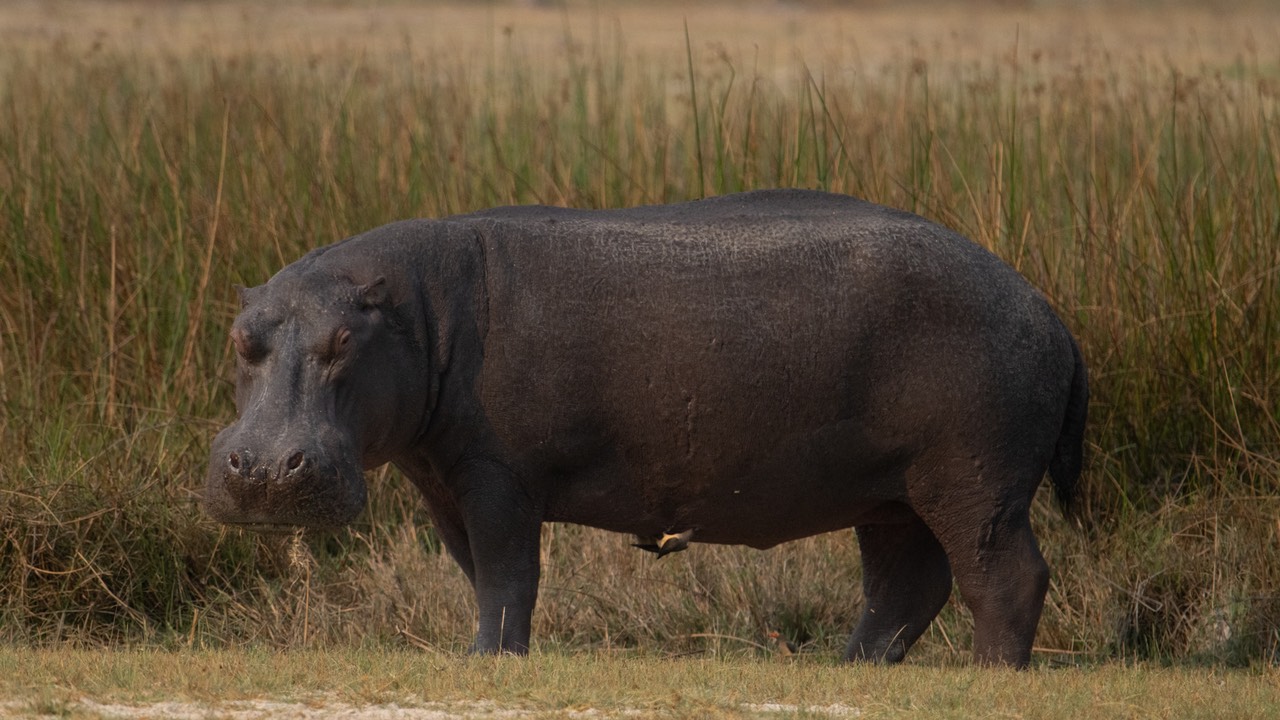
Hippopotamus out of water
Elephant Portrait
Giraffe
Grooming and Eating
Egyptian Goose
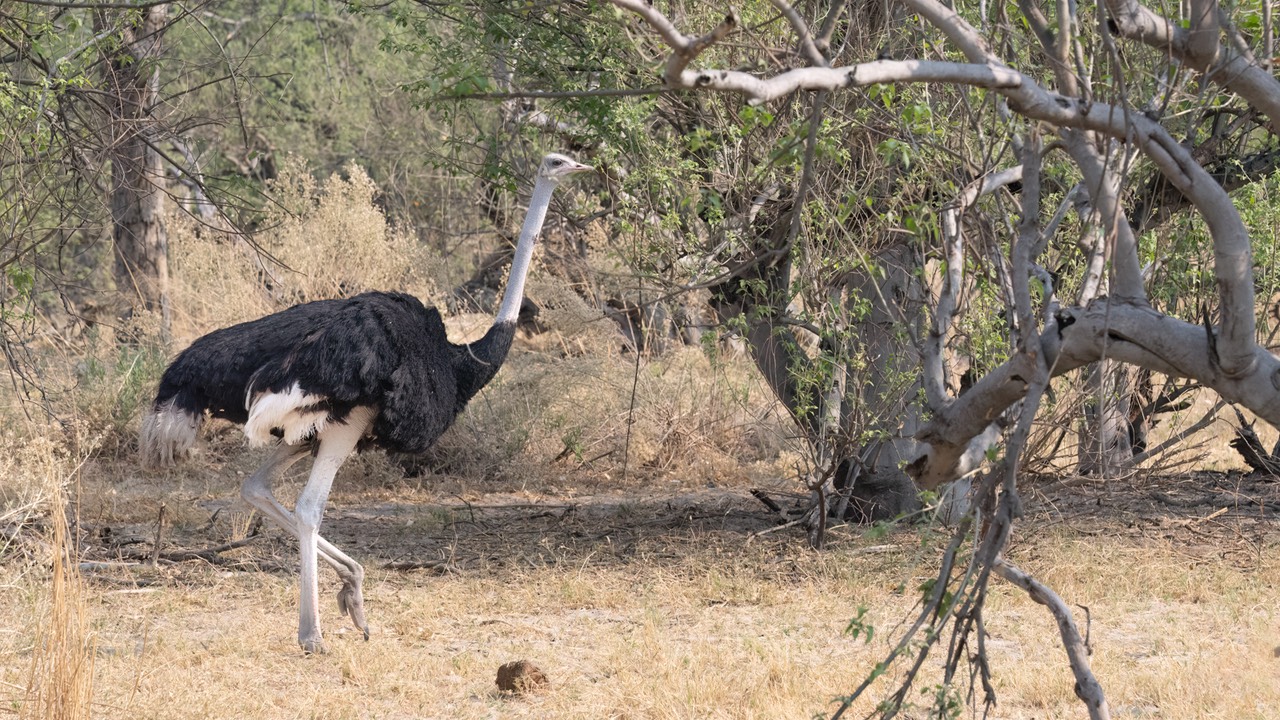
A Tree Hugger
[I should comment about this exercise. It isn't so much about picking the right image, though I don't tell the students that ;~). I use tricks like this faux contest to get students to communicate with each and talk about what makes one image good and another less good. Turns out with this group of six, my trick had exactly the right impact. Both groups were still seriously discussing their images and the merits of them well into dinner.
The other interesting thing about making "best image" choices also reared its head in the discussions. When it's your small group doing the discussion, sometimes you start second guessing yourselves and try to figure out what I'm up to and what I want to see (don't, that's a waste of time ;~). More than once I've seen a group pick an image I didn't feel was the strongest, and when I tested that by showing all the examples to the other group(s), they agreed. This brings up the "we're all our own worst critic" problem.
My intent on workshops—and Tony buys into this too—is that we're there to discuss and improve our photography. That isn't just about technique, but also in how both we and others perceive the photos that we create. There's no one "right" way to take photographs. It isn't about aperture, shutter speed, ISO, or anything else technical. The technical decisions should inform your aesthetic decisions. We've all seen great photos that could have been captured better. But we also have all seen far too many photos that are technically excellent but aren't interesting. The goal, of course, is to do both.
As I observed the two groups and listened to their discussions, I could see that's exactly what they were trying to figure out, which was the intent of my little charade.]
It’s not really shooting fast, it is being prepared to shoot.
How do you photograph so quickly? Some people say to Thom and I: "You always seem to get the image while I’m always missing it."
I don’t take photos quickly at all. I simply pre-set everything so that under "normal" conditions, I’m always ready to press the shutter release immediately.
What does that mean? Well on Safari I set the camera so that I can immediately photograph something once I get the camera in focus. During the day, when the exposure remains consistent, I set the exposure manually for isolation on a single subject. That means if I encounter a single subject attraction that is in the sun, I don’t have to change anything about the camera settings when the encounter starts. That means I could be taking images as soon as the vehicle halts and I can get a good focus on the subject. Sometime that pays off because we spooked the subject, it moves within seconds of that first image being taken and had I not taken it on stopping, I would have no image at all. This will also, mostly, work in aperture priority mode though you might have problems with certain color subject. [I'd also point out that you can get focus "close" by having it set to a distance you anticipate seeing a subject at. The current cameras are incredibly fast to focus if they don't have to move the lens from the closest focus position or infinity to a subject that's in between.]
In the evening or early morning, an automatic exposure mode might get you there quicker since the light is constantly changing. Though you can still be ready using an manual mode if you are regularly checking the exposure meter to make sure it where you want it to be.
If you are photographing with two cameras, you need to make sure both are being updated between animal encounters.
[With new safari students, I also spend the late afternoon saying to them "what's your shutter speed? Do you need to increase your ISO?" as the light wanes. In the early morning, it's the opposite refrain. Tony's point here is a good one: be prepared for what you want/expect to happen. Don't wait for it to happen to make settings.]